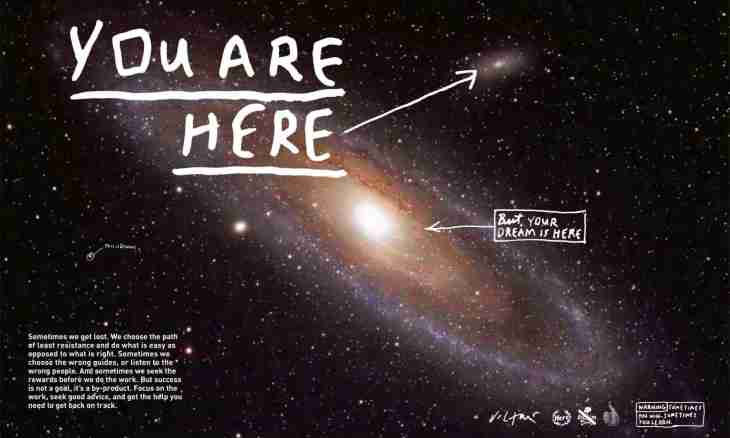With development of astronomy of people began to learn about the Universe more and more. In spite of the fact that many mysteries of the Universe still remain unsolved, the science created a picture of surrounding space and laws of its functioning.
Universe history
Most of scientists consider that the age of the Universe is 14 billion years. Also the theory of the Big Bang is taken for granted, however its reasons are described only by hypotheses so far. In particular, one of theories assumes that fluctuations of quanta in a vacuum became the reason, and according to the string theory the influence from the outside became a cause of explosion. In this regard a number of researchers call into question into uniqueness of the Universe, considering that them there is a little or even an infinite set as they are formed constantly.
After the Big Bang the Universe passed a stage of fast expansion. It is considered that at that time matter habitual to us did not exist yet. It appeared later from the energy which arose at the Big Bang. The first stars appeared not earlier than through 500 million years after the Big Bang. It should be noted that process of expansion of the Universe continues still.
In general, the majority of global processes of the Universe, for example its expansion, will affect life on Earth in the near future a little.
Structure of the Universe
As scientists specify, the basic chemical element in the Universe is a hydrogen, it consists of it for 75%. Also basic chemical elements of all surrounding space is a helium, oxygen and carbon. The most part of the Universe is occupied by so-called dark energy and dark matter, these substances are a little studied, and ideas of them are generally abstract. Habitual substance occupies only 5-10%. The main form of the organization of substance in the Universe are stars and the planet. They form galaxies - congestions in which celestial bodies test a mutual attraction and influence at each other. These systems differ in a form, for example, the Milky Way belongs to spiral galaxies. Galaxies unite in groups, and those, in turn, in supercongestions. The solar system is in the galaxy the Milky Way which, in turn, belongs to the Maiden's supercongestion. It should be noted that Earth is located not in the center of the universe, but also not on the outskirts of the Universe.
The sun is rather small star on Universe scales.
Except stars and planets, in the Universe there are also other objects, for example comets. Though their trajectory is wider, than at planets, all of them move on the orbit. For example, Galley's comet flies by near the Sun each 76 years. One more known category of space objects are asteroids. They have the smaller size, than planets and also on them there is no atmosphere. Asteroids can represent real risk for Earth - a part of scientists considers that disappearance of dinosaurs and other changes of flora and fauna of that period could be connected with collision of Earth with this celestial body.

